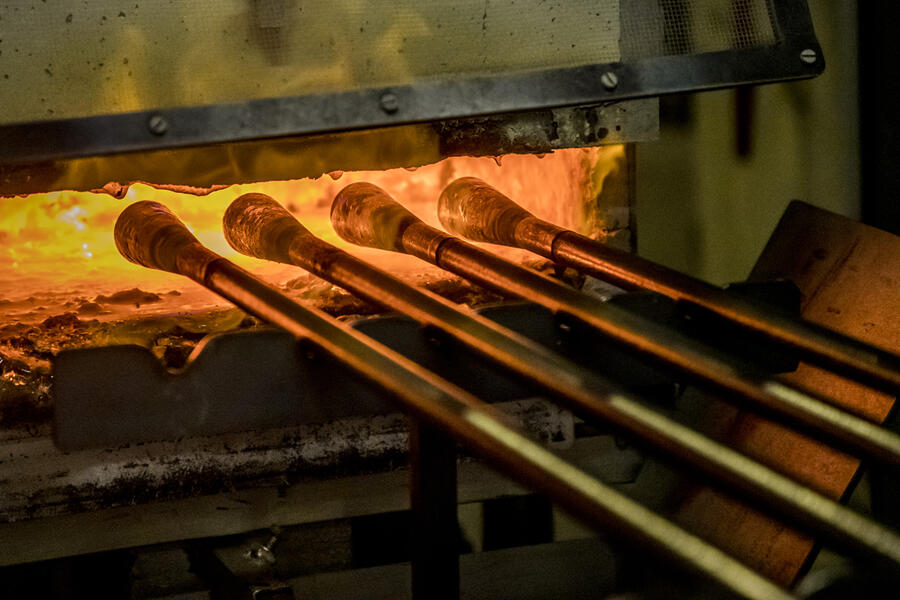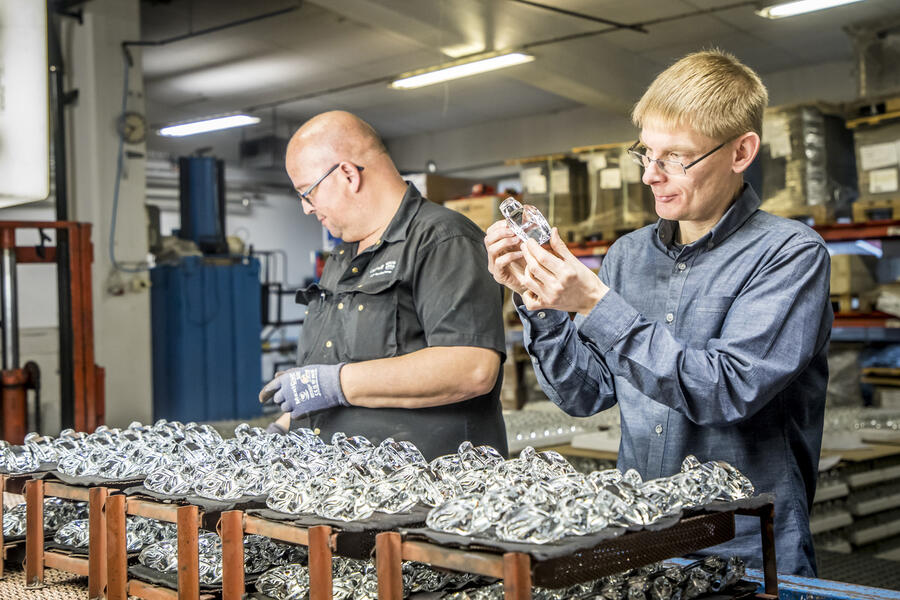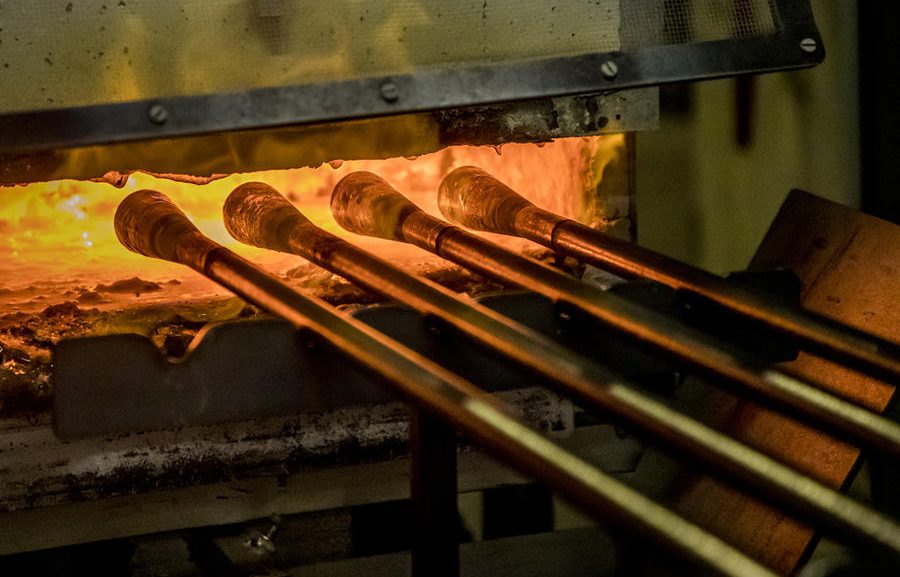[ad_1]
A gear selector works, Bergström says, because “it needed to be a big lump. The beauty of crystal glass is that you see it come alive. The gear selector is in the centre of the car and you touch it, so you feel the material and enjoy it that way as well.”
Amazingly, it took 10 years to turn that idea into reality. To find out why, we headed deep intro rural Småland, the heart of Sweden’s Glasriket – the Kingdom of Crystal.
Natural resources – silicon-rich sand and ample forests to provide fuel – nourished the glass industry there and dozens of glassworks are dotted around the region.
The town of Kosta is named for the founders of the glassworks there. The nearby town of Orrefors gained its own glassworks in 1898. The Orrefors and Kosta Boda firms merged in 1990 (consolidation isn’t just a car industry trend) and, since 2013, their handmade operations have been combined in Kosta.
The town is, predictably, dominated by the glass industry: the Kosta’s Art Glass Hotel, for example, features a glass bar, glass sculptures of food on the breakfast buffet and glass artwork on the bedside tables (our review: not child-friendly).

The hot shop is the heart of the Orrefors-Kosta Boda operation. Inside are a number of large furnaces, each of which is the centre of a glass production line. It’s a far cry from a modern car factory, with no robots or automation. Everything is done by hand.
Each furnace is crewed by a team of four and two teams make two types of Crystal Eye: one for the Volvo XC40, and a larger one for the XC60, XC90 and V90. “Bigger cars need a bigger selector,” says Bergström. “It’s a bit posher.”
A glass gear selector starts life as sand. The lead-free pelleted batch is prepared locally by sibling firm Glasma to what Lars Sjögren, head of the Crystal Eye production team, calls “a special secret recipe”. Yes, secret sand. “It’s all about the mix of elements,” says Sjögren.
The first task is to melt the secret sand, which takes 16 hours at 1400deg C and is done in a clay pot in each furnace. Because of the limitations of how much sand can be melted in a pot, each team uses two furnaces, swapping halfway through each day. Once the sand is melted, the oven is turned down: at 1400deg C, molten glass is too hot to work with. At 1180deg C, apparently, it’s just right.

[ad_2]
